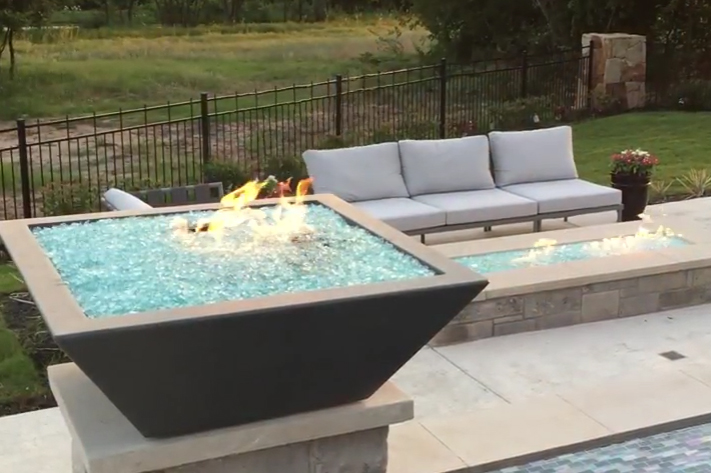ARTICLES
Advance Search
Aquatic Health
Aquatic Health, Fitness & Safety
Around the Internet
Aquatic Culture
Aquatic Technology
Artful Endeavors
Celebrity Corner
Life Aquatic
Must-See Watershapes
People with Cameras
Watershapes in the Headlines
Art/Architectural History
Book & Media Reviews
Commentaries, Interviews & Profiles
Concrete Science
Environment
Fountains
Geotechnical
Join the Dialogue
Landscape, Plants, Hardscape & Decks
Lighter Side
Ripples
Test Your Knowledge
The Aquatic Quiz
Other Waterfeatures (from birdbaths to lakes)
Outdoor Living, Fire Features, Amenities & Lighting
Plants
Ponds, Streams & Waterfalls
Pools & Spas
Professional Watershaping
Structures (Editor's Notes)
Travelogues & History
Water Chemistry
WaterShapes TV
WaterShapes World Blog
Web Links
Around the Internet
Aquatic Culture
Aquatic Technology
Artful Endeavors
Celebrity Corner
Life Aquatic
Must-See Watershapes
People with Cameras
Watershapes in the Headlines
This article concludes a little series I've been doing that feature bowls in association with my pool and spa designs. The first two were about water bowls in very different applications. This one is about fire bowls and, in greater detail, about materials you can put in them to cover the burners, disperse the flames and make them look good even when
I spent a couple strange hours the other day, surfing through Internet references to what I have discovered is a fairly lively Art-versus-Design debate. What I found was oddly interesting at first, but after a while, I began feeling underwhelmed by the whole discussion, which seemed mostly to be about trying to
Vanishing-edge walls have been a common design detail for the past 25-odd years and have been the subject of seminars and workshops almost as long as I can remember. Still, it's clear that there are several key points about how they should be designed and installed that elude watershapers who persist in treating these key structural components as little more than glorified in-pool spa dam walls or some other internal detail. You can probably
As I've intimated many times in these Travelogues, I'm a big fan of small water. I like rain chains. I prefer narrow scuppers to wide sheet falls. I like waterfalls with flows the diameter of my thumb rather than the span of a grand, old tree. What I like most of all these days are described as rills or runnels - little channels that artfully
It's a great time to be a watershaper. With so many talented designers out there, it's a world in which it's increasingly common to rush past conventional boundaries and deliver projects that delight the eye, warm the spirits and bring smiles to the faces of those lucky enough to enjoy them. There are extraordinarily skillful builders and subcontractors out there as well - people whose ability and determination are
In summers long past, I'd come home from work, get into my swimming trunks, grab the newspaper and a cooling beverage and head for the pool. On some days, I was left on my own for an hour's worth of drifting on my big float, not a care in the world. Before putting the cover back on the pool, I'd swim a couple dozen short laps and tend to any
Back in June 2002, Stephanie Rose began her Natural Companions column by writing, ‘Everyone knows that hanging a pool, pond, or spa off a slope can make quite a dramatic statement, which is probably why so many great watershapers love working on hillsides. ‘But the project doesn’t begin and end with the vessel,’ she cautioned. ‘In fact, placing a watershape on an
It happens only rarely, but every once in a while you run into a client who wants to do things out of sequence. Most often, we're asked to work on projects where there's an existing home that needs a watershape. Just as commonly, we're brought in when a home is being built at the same time as a new pool and its associated environment. In the case described in this article, however, our client owned a 20-acre site with little more than





















Controlling Elements